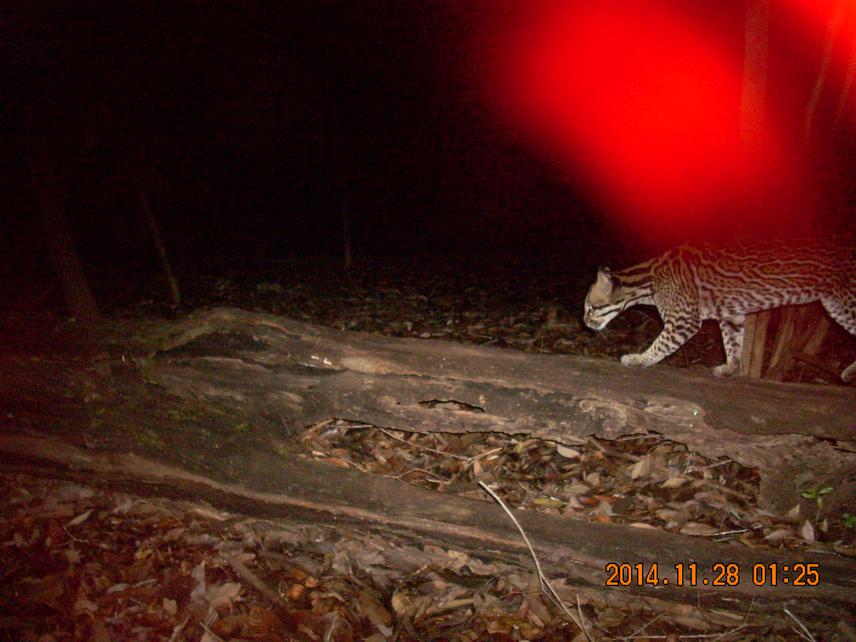Ana Carolina Antunes
Assess whether the presence of seed banks is related to the occurrence of mammals in igapó forest and their interactions.

Amazon seasonally-flooded forests (igapó) form a key seasonal resource for many terra firme (rainforest) mammals, providing fruits/seeds when few are available elsewhere. Seed carpets are areas with high concentrations of seeds that occur in Igapó region during the dry season and contrast with the rest of the forest where the undergrowth is almost non-existent and the seedling density is low. Most igapó trees are water-dispersed and the floating fruits accumulate in rafts against obstructions (e.g. branches). Later, beached on the dry-season forest floor, these fruits form large, dense, seed-carpets, unique to igapó. The exploitation of this resource by animals is expected however, which mammals visit them and how this largesse is exploited remains unclear. This, the first-ever detailed study of the phenomenon, will quantify seed-carpet size/composition, register visiting species and their behaviour with camera-traps. This study aims to answer how seed patches influence the rodent’s occurrence in igapó forests.
The project will be conducted in twenty one-hectare plots established in the Jau National Park, Central Amazonia, during the dry season (September to November) of 2015. I’ll map the size and position of all patches with tape-measures and a GPS unit, then I’ll randomly select two seed patches (so that different patches sizes will be sampled) per plot. The animals will be recorded by camera traps installed in locations with and without the presence of seed carpets to obtain a study paired control. Furthermore, this project may contribute to increase knowledge about the dynamics in the seed patches, consumption and seed dispersal by mammals, as well as the importance of floodplain forests as a key source of resources for terra firme vertebrates. Overall, this work will raise the profile of igapó, a much neglected habitat, establish the importance of preserving igapó for effective terra firme conservation, and the need to protect igapó (this habitat is rarely considered in conservation planning).